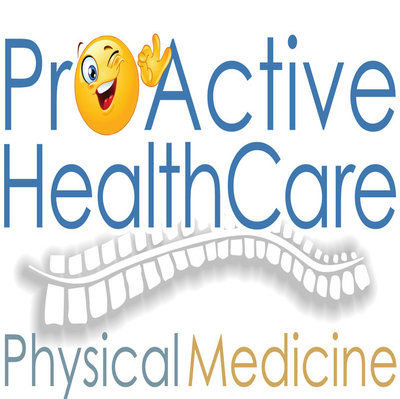Most people know that proper stretching can help you maintain youth, vigor, and flexibility well into advancing age. Studies have shown that stretching:
- Benefits connective tissue, which supports and protects your vital organs
- Triggers the growth of the protein filaments inside each muscle cell, essential to proper body movement
- Improves the performance of your “spindle receptors”, which help protect your muscles against injury
Fewer people are aware that regular stretching routines, done correctly, can also have numerous other benefits, including:
- Preventing illnesses
- Warding of degenerative diseases
- Psychological healing and balance
When should I stretch?
Important tips with regard to stretching include:
- Only stretch to the point where the muscle feels mild discomfort or tension. Proper stretching techniques should not cause pain.
- The length of time to hold a stretch varies. Some experts feel a few seconds is sufficient while others recommend 30 seconds, or even up to a minute.
- Take slow, relaxed breaths when stretching, exhaling as the muscle is stretched farther.
The American College of Sports Medicine (ACSM) recommends a program of three to five stretching sessions per week for general conditioning, in addition to stretching before and after exercising. Each stretch should be held for 10 to 30 seconds and performed three to five times. The minimum recommendation is twice a week.
Stretching is usually recommended before exercising and most people believe it prevents injury. This long standing belief has recently been challenged by new medical evidence noting that light activity prior to exercising is more effective in loosening the muscles, and stretching is more useful following exercise.
Fitness experts recommend warming up a muscle with light, aerobic activity – about five to 10 minutes – before stretching it to prevent injury. Following exercise, stretching is very effective in reducing soreness the following day and in preventing the muscles from shortening after a challenging workout.
Start out lying on your back with both knees bent and your feet flat on the floor. Take one foot off the floor and bring your knee toward your chest, pulling it gently with both hands. (Note: During all of these stretches, when you use your arms to pull your leg toward you, you should use minimal effort.) Release that leg, return your foot to the floor, and repeat on the opposite leg. Every stretch I describe may be done as many as three times for up to 30 seconds each time.
Now place one leg flat on the floor, with the other knee bent and your foot flat. Bring the bent knee toward your chest as in the first exercise. You want to keep the leg on the floor as flat as possible, with the back of your knee flat. (If you’re really tight, just keep your knee as straight as you can.) Don’t forget to breathe while you’re holding these stretches for 30 seconds. Repeat on the opposite leg.
Start out as you did in the previous stretch, one leg flat, one knee bent. Keeping the flat leg straight, raise it off the floor and bring it toward you as close as you can, without lifting your hips off the floor or pushing off of the foot that’s on the floor. Hold this stretch at the highest point. Lower your leg all the way to the floor, while holding it as straight as possible. Repeat on the other side.
Still lying on your back, go back to the first position, both knees bent, both feet flat. Hold your arms out to the side with your palms facing up. Let both knees drop to one side while turning your head the opposite way. Don’t try to adjust your legs to be perfectly on top of one another. Roll back up to the center and right on through to the opposite side. Hold this for as long as you like. Take a couple of deep breaths. Doesn’t that feel good? (This is everybody’s favorite stretch.)
Back in starting position as in the previous stretch. Cross one ankle over the opposite knee. Bring that knee toward you, taking your foot off of the floor. Hold your thigh behind your knee, and you should feel a stretch in your hip and butt area on the leg that’s crossed over the one you are holding. Undo this pretzel, and repeat on the other leg.
Roll over onto your stomach, with your head down and your arms stretched out in front of you. Keep one arm stretched out in front of you while you reach back with one hand and grab the ankle on that side. If you had to move your knee away from your body to grab that ankle, move it back to the center once you have it. If you’re too tight to be able to grab your ankle, grab your sock and pull that. This is a great quad stretch, and it really shows you how tight those muscles are, too. Go back and forth three times like you do with the other stretches.
Get up off the floor. (Finally!) Stand at arm’s length from a wall with your arms straight and your hands on the wall at shoulder height, palms flat. Take a small step back with each foot, keeping both feet parallel and your knees straight, and lean toward the wall, keeping your heels flat on the floor. (Yeah, our calves are a really tight muscle group.) Play with this stretch. You can do one leg at a time, also. If you bend your knees while keeping your heels flat, you’ll feel that stretch move down your calves and work into your Achilles tendon as well.




